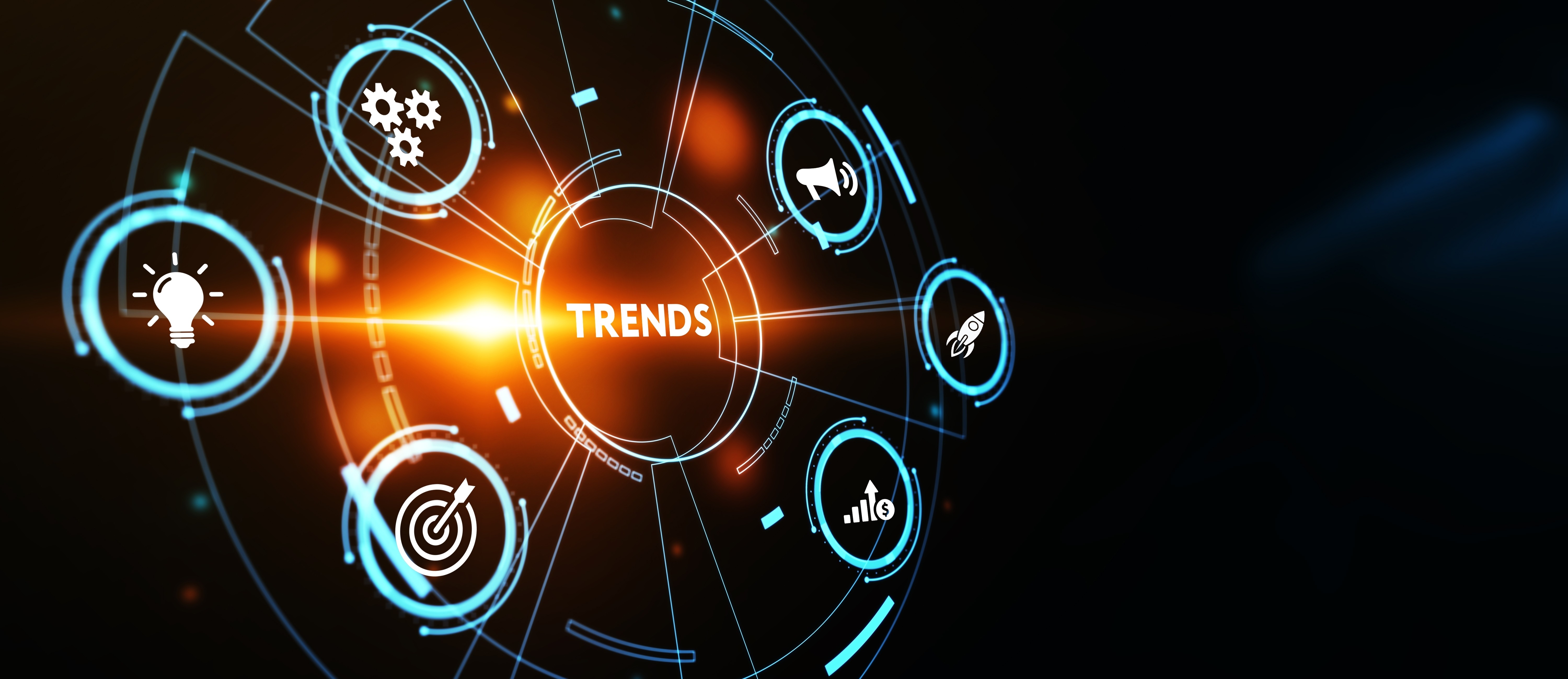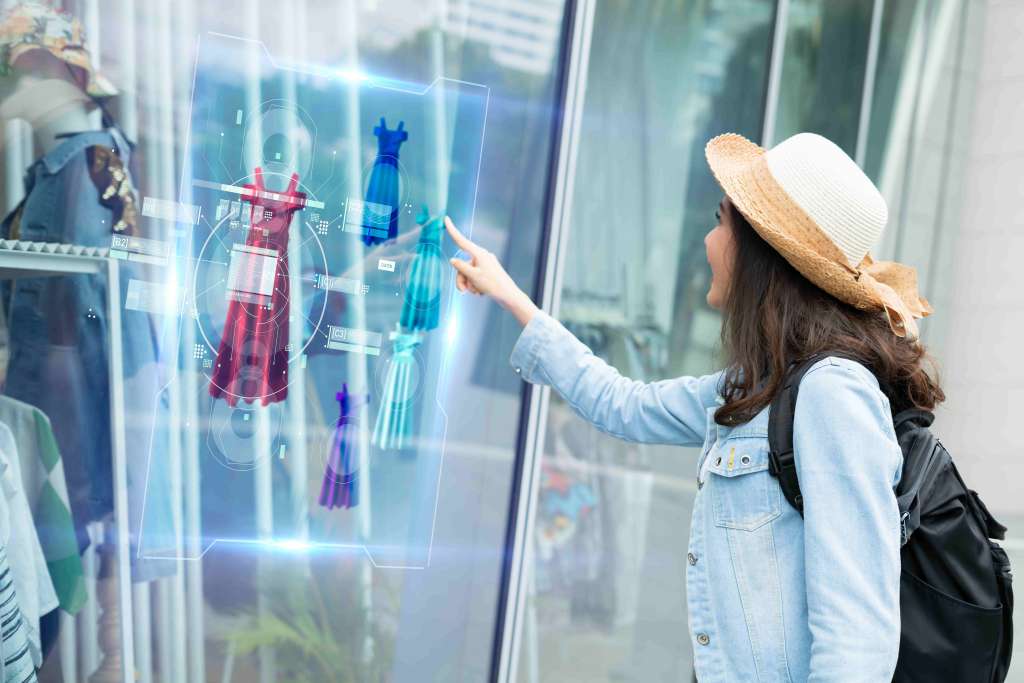Business Analytics: The Next ‘Must Have’ Item For Fashion Companies



Summary: Business analytics is an integral component of data analytics and lays the foundation for trend forecasting and demand assessment. The role of business analytics extends from collecting and deciphering data streams to forecasting predictive outcomes in a fluid market. These insights help make informed business decisions.
Data analytics is a term that is being used today across industries. From small fashion brands to global corporations, every organization is using data analytics to grow their businesses and make the right decisions. But the main component of data analytics is business analytics, which drives the fashion houses' strategic decision-making. Fashion brands have started to harness the power of business analytics and are using it to innovate their production line, improve customer conversions and make their marketing strategies more impactful. Let us first understand how business and data analytics are a part of the same process but different in their scope and roles.
Data Analytics Is the Mother Lode, Business Analytics Is Its Prized Component
Data and business analytics are often used interchangeably, given that they are used to meet the same organizational goals. But data analytics is the umbrella science of big data, which involves collecting and using information for making informed decisions in the fashion business. The difference lies in the roles the two are assigned. To understand that, let’s walk you through the four purposes or roles of data analytics. These are:
- Descriptive: The foundation of data analytics deals with distilling information for operational efficiency, identifying the determinants in metrics, and underscoring the use of big data about a brand’s goals.
- Predictive: This process involves identifying patterns and sequencing the information to present demand insights and market movement.
- Prescriptive: The most valuable tool that defines the integration of big data into supply chains, ERP, and marketing. It is an advisory role for procurement and brand positioning.
- Diagnostic: This is debriefing an event that has happened to leave a positive or a negative impact on operations.
Business analytics drives the first step of data mining, which is its descriptive role. Here, the data is analyzed for operation efficiency, making policies, and deciding on a business model.
Why Business Analytics on the Priority List of the Fashion Brands?
There is not just one, but several reasons why business analytics is on the priority list of fashion brands. But the underlying factor is that business analytics is indispensable in the fashion business with large procurement chains in eCommerce. Here is why fashion labels are increasingly tailoring their operations to the market by incorporating business analytics.
- Data aggregation and mining: Without data collection and mining, there is no analytics. Business analytics makes sense of gathering, filtering, and sequenced information from primary and third-party databases. This births the entire ecosystem of data analytics, which relies on decoding unstructured data for quantitative and qualitative assessment.
- Optimization of the procurement process: Fashion brands use business analytics to streamline their supply chain management. With a global supply chain and multiple vendors, data analysis helps in procurement and logistical operations. Warehousing and shipping can be optimized with reliable analytics.
- Demand insight and trend forecasting: Harvesting data and using it to establish metrics for predictive models is a critical component of business analytics. These determinants and contextual data sets help in identifying trends, growth areas, and market movements to stay on top of trends.
- Customer spending patterns for competitive pricing: In most global fashion brands, business analytics and operational efficiency are inextricably linked. Even eCommerce labels with B2B and B2C business models rely on in-season trends and demand forecasts to introduce new lines, offer discounts, and trade at competitive price points
- Drives eCommerce business: Nowadays, most customers prefer to buy online. The eCommerce trade is heavily dependent on business and data analytics. From operating the front-end, customer-servicing dashboard, offering multiple payment gateways, feeding metrics with in-cart products and shopping history, and performing RTO (Return to Origin) and reverse logistics, big data and analytics drive the whole ecosystem.

Business analytics is intertwined with the goals of a fashion brand
Whether it is big data or business analytics, modern-day fashion labels cannot function within a traditional set-up. AI-based analytics and data processing systems help in identifying customer preferences, demand patterns and growth areas. The peer factor also steps in as competitors, suppliers, shipping partners and eCommerce platforms are functioning with integrated data analytics. A clothing and apparel brand cannot, therefore, work in isolation. Business analytics is the go-to tool for the fashion industry that feeds off trends and customer spending patterns.
Key Takeaways
- Business analytics helps in laying the foundation on which modern-day fashion brands are built.
- It involves processing and cataloging data and comparing historical notes to give contextual information on predictive and prescriptive analytics.
- Businesses with reliable analytics can optimize their procurement, chart their growth trajectory and manufacture according to demand insights.
If you are looking to integrate business analytics into your operations and do not have the budget, Fashinza can help you kill two birds with the same stone. Its AI-powered sourcing platform will lend you demand insights and connect you to the best and trusted suppliers. Get in touch with us today at https://fashinza.com



















